About us
Welcome to Motor Matcher! A faster, simpler way to compare, buy and sell cars online.
You usually can’t anticipate an emergency. They tend to pop up when you least expect them. One of the worst times they can strike is on the road, when you’re far away from the comfort and familiarity of home. Having the right things in your car emergency kit can help you face the unexpected with confidence.
There is a plethora of things that can go wrong while driving. You might get a flat tyre, get lost in a strange neighbourhood or worse – get into a nasty accident with another car. While you may not always be able to avoid these situations, you can certainly prepare for them.
If the only items you have lying around your car are some old receipts and copper coins, it might be time to re-strategise.
Keeping a basic emergency kit in your car can help to put your mind at ease, particularly before a long-distance journey. Not only will it help you stay safe on the road, but you’d also be able to assist anybody whom you might encounter in trouble. Who knows, it might even end up saving a life.
Hopefully, you won’t have to use many of these lifelines too often. Having said that, it’s always better to be safe than to be sorry.
Here are some of our must-have items to keep you safe on your next trip.

Your owner’s manual should never leave your vehicle. Every car is complex and unique, and the car owner’s manual will help you troubleshoot any issues you might experience. This is extra helpful when you don’t have easy access to a mechanic. The manual should include tips and instructions on how to change fuses and lightbulbs, top up fluids, maintain correct tyre pressure and more. It will also contain details on what your warranty covers.

Another must-have in your car emergency kit is a flashlight. A flashlight can get you out of some sticky situations. If something were to go wrong at night time, you'd struggle without one. Having access to light can help you navigate your surroundings, or fix any mechanical issues. A flashlight is also a great SOS signal, alerting other drivers if you need some roadside assistance. Make sure you keep spare batteries in the car, too. A flashlight isn’t worth much without them.
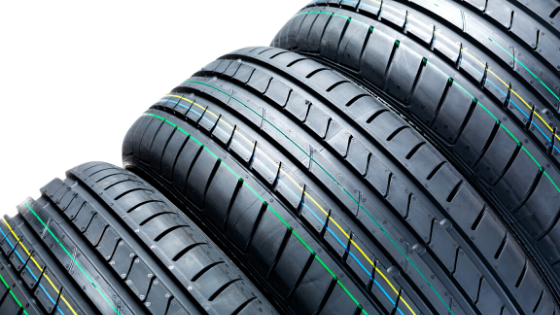
A flat tyre is enough to ruin anyone’s day. There are measures you can take to ease the burden, however. First and foremost, always keep a spare tyre in the boot. If you use it, replace it immediately. You’ll also need some equipment so that you can do the job yourself. Invest in a jack and a wheel lever, and you’ll have your car back up and running in no time. A brick is another handy item to have on hand. It can be wedged under the opposite wheel to provide extra stability throughout the tyre changing process.
Overtime, tyres deflate slightly and lose their pressure. This can damage the wheels and impair your driving. Get yourself a tyre inflator so you can top up on the go. There’s a huge selection of models on the market, from simple hand pumps to high-powered machines. It’s a pretty quick process, and you don’t need to be a mechanic to figure it out. Carry a simple hand-held tyre gauge too, so you can check tyre pressure and pre-empt any issues. Don’t rely on Roadside Assistance to come to the rescue if you encounter tyre trouble on the road. This is a last line of defence, and only works if you have a charged phone and enough coverage to get through. Bring the equipment and learn how to do it yourself. A simple YouTube search and a bit of practice is all it takes.
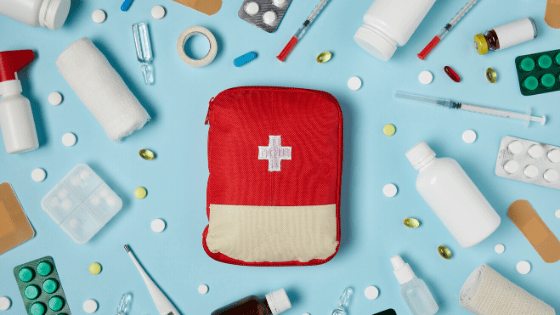
A first aid kit can save a life, so it’s always worth having on board in your car emergency kit. If you injure yourself, or encounter a crash, basic medical supplies can make a big difference. For example, bandaging can help to control excessive bleeding. It’s also a good idea to learn basic first aid training. Ordinary people who have administered the Heimlich manoeuvre have saved people’s lives on many occasions.
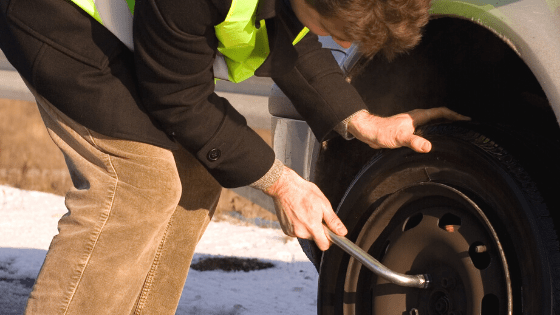
Always keep a hi-vis vest in your car emergency kit. Safety vests are a cheap and effective way to protect yourself. If you were to break down in the middle of the road, especially at night time, reflective clothing would allow cars to spot you from a distance. This would decrease the likelihood that you’d be hit by oncoming traffic. Be seen, be safe.

Fatigue is one of the main causes of car accidents. If you feel yourself becoming drowsy, pull over and take a nap to refresh yourself. You cannot fight tiredness for long, and falling asleep behind the wheel is more common than you think. A cosy blanket will keep you warm while you sleep, especially during overnight journeys. If you break down in hot weather, blankets can provide a cool shade for you. A multifunctional accessory, blankets can also be wrapped around crash victims who are in a state of shock.
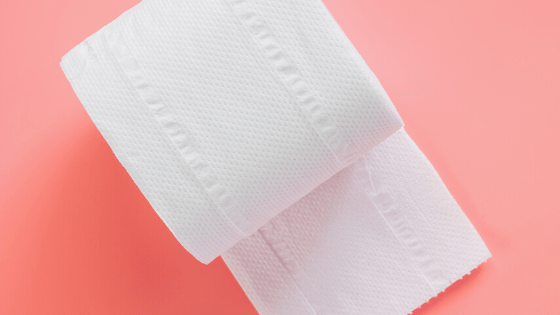
For long trips, bring a roll of toilet paper just in case. You never know when nature is going to call, so be ready. Our systems don’t always run on a schedule and public bathrooms can be tricky to find sometimes. If you have kids, you might want to bring extra. They tend to be less patient when it comes to these things!
Toilet paper is also handy for cleaning messes. For example, it can be used to wipe up any spilled food or drink. It’s also pretty good at removing dust built up in your AC, as well as condensation gathered on the windows.
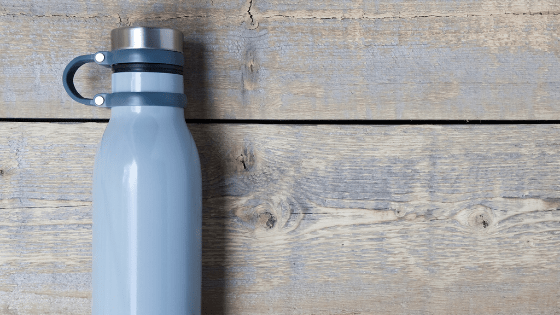
Hydration is our most basic human need, so make sure you’re stocked up with water before setting off. Having some on hand can save you the headache of finding a shop in a remote area, especially if you’re having car trouble. The general rule is to keep a supply that will last you three days in your emergency kit.
There is speculation that storing water in your car for long periods of time is harmful to your health. Here are some ways to keep your water safe for consumption:
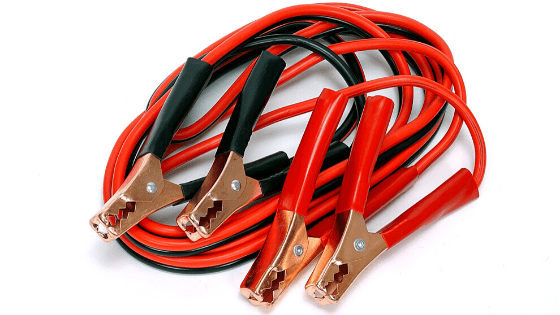
You can drain your car battery pretty easily by mistake. Leaving the lights or radio on when the car isn’t running are common culprits. Luckily, you can restart your battery yourself relatively quickly. All you need is a set of jumper leads in your car emergency kit and a functioning car battery. By hooking the leads to both batteries, you can jump-start the empty one and you’re good to go.
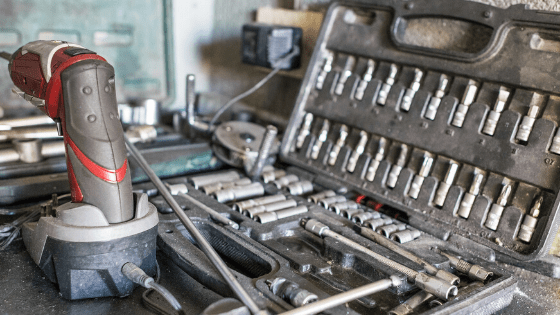
Whether you’re a car enthusiast or a total rookie, anyone can run into car trouble. Therefore, it’s important to know the basics. Keep a basic tool kit in your car so you can fix simple issues on the go.
Some key items are:
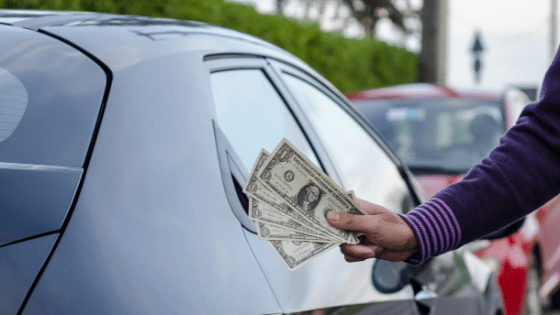
It’s a good idea to have a stash of emergency cash hidden in your car emergency kit. Around $60 or $70 should suffice. There’s no need to go crazy as there’s always a risk it will be stolen – no matter how well you’ve concealed it.
This amount should be enough to get you a ride somewhere if you’ve broken down on the road. A credit card isn’t much use if you’re in a remote area that isn’t served by ATMs or taxi apps.
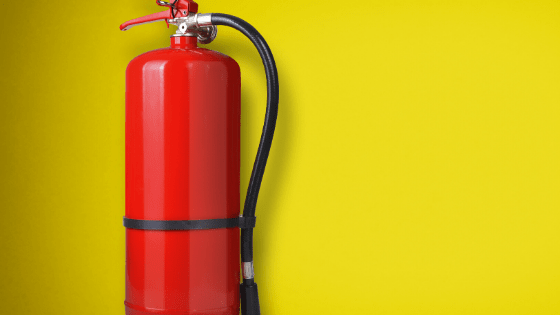
Cars contain many highly flammable substances, making the fire risk high. Purchase a small fire extinguisher that will work on gasoline and oil, as well as electrical fires. Use Velcro to stick the extinguisher to the car’s console or inside of the front door for quick access.

One of the first rules of survival – in any situation – is to know how to make a fire. Luckily, we don’t have to rub stones together anymore. Always have a supply of matches or a lighter in your car emergency kit just in case. Lighters don’t mix well with water, so keep them sheltered from the rain at all costs. Similarly, go for waterproof matches if you can, so that you can use them in any weather conditions.
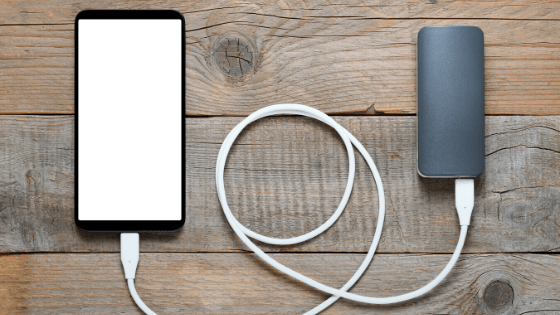
A functioning phone is the most valuable item you can have in your car emergency kit. It gives you access to all kinds of help, whether it’s a family member, and ambulance or a mechanic. Always bring a charger so you can top it up as needed. If you can’t reach anybody, you might be able to find the answer on the internet using your phone’s browser.
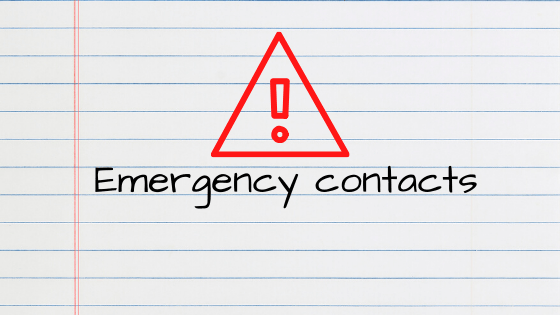
Finally, don’t forget a list of emergency contacts. These should include phone numbers for police, ambulance, fire brigade, insurance company or anybody else you might call on for help during a breakdown.
If you’re looking for a car that won’t let you down, look no further.
Here at Motor Matcher, we help people like you make informed decisions when buying and selling cars online. We offer a faster and simpler way of browsing and comparing both new and used cars from the comfort of your own home. Everything we do is modelled around providing customers with the right tools and empowering them with the right information. We provide a safe and secure marketplace for all car buyers and sellers to conduct business.
Check us out at www.motormatcher.com.au and find your dream car today.